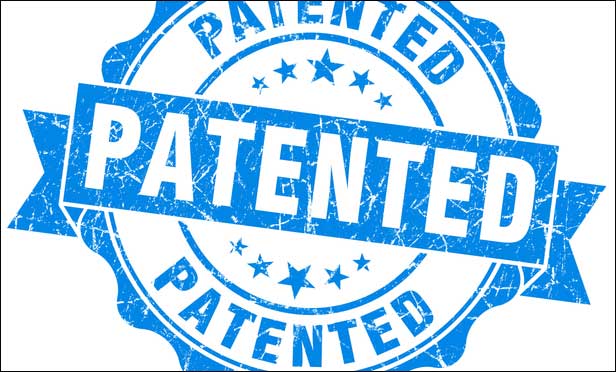The U.S. Court of Appeals for the Federal Circuit previously established that a good-faith belief of non-infringement is a defense against induced infringement. Recently, the Federal Circuit held that a good-faith belief that the asserted patent is invalid is a defense against induced infringement in Commil USA LLC v. Cisco Systems, 720 F.3d 1361 (Fed. Cir. 2013). During the upcoming U.S. Supreme Court term, the court is set to review the Federal Circuit’s recent decision that a good-faith belief of invalidity is a defense against induced infringement. If the Supreme Court upholds the Federal Circuit’s Commil decision, a defendant having a good-faith belief that an asserted patent is invalid may be able to avoid induced infringement liability.
Indirect infringement differs from direct infringement in that it considers the actions of more than one party. Direct infringement requires a single party who makes, uses, offers to sell, sells, or imports the accused infringement of an issued patent claim as the prime or single actor. Indirect infringement looks to the efforts of the primary infringer to influence the actions of another that causes the infringement. There are two categories of indirect infringement, induced infringement and contributory infringement, which have similar elements. The Commil decision focused solely on induced infringement and whether a good-faith belief of patent invalidity is a defense to a charge of induced infringement.



